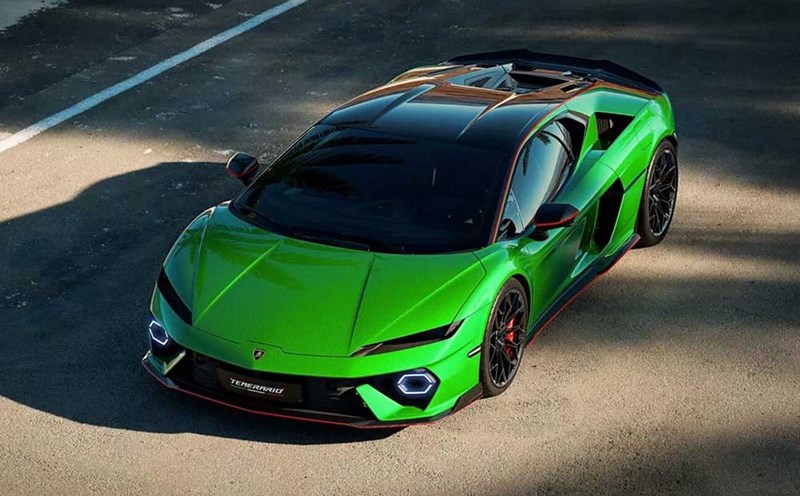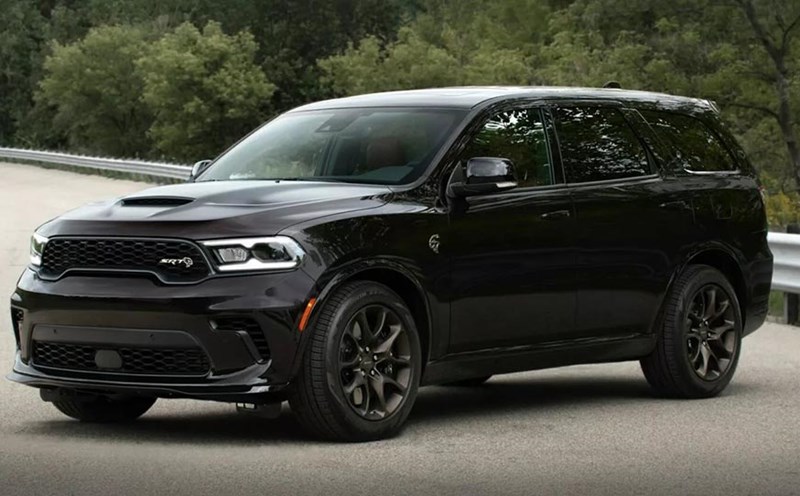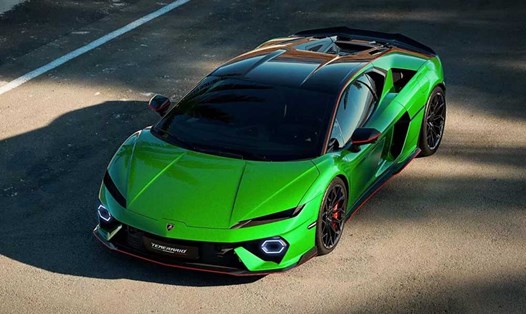According to information from Stellantis (the corporation that owns the Dodge brand), the Dodge Charger Daytona is expected to be equipped with solid-state batteries in 2026, but this technology will only appear on Charger Daytona test prototypes to evaluate actual performance.
Solid-state batteries, which are expected to revolutionize electric vehicles, are planned by Stellantis for use in the Charger Daytona, with a series of demonstration cars scheduled for launch in 2026.
These prototypes will be powered by solid-state batteries manufactured by Factorial, which have an energy density of over 390 Wh/kg. While not revealing many details, Stellantis says solid-state batteries offer a number of benefits over traditional lithium-ion batteries, including high energy density, lower weight, improved performance, and the potential for cost reduction over time.
This is considered an important step forward, so Stellantis is pushing to commercialize this technology. In this effort, the Charger Daytona will be used to test the battery technology in real-world conditions.
Stellantis invested $75 million in Factorial in 2021. CTO Ned Curic emphasized that integrating Factorial's solid-state batteries into the STLA Large platform will deliver superior performance, longer range, and shorter charging times, which will benefit future users.
Stellantis has completed a high-tech wind tunnel with a "moving ground" feature at its research center in Auburn Hills (Michigan, USA). The "moving ground" feature allows to simulate the effect of the ground on the airflow around the car, thereby helping to evaluate the aerodynamic performance of the car in real conditions.
The company says the wind tunnel will help measure and reduce wheel and tire drag, which can account for up to 10 percent of total aerodynamic drag. This could help improve the aerodynamics of future electric vehicles, increase their range, or use smaller, more efficient batteries. The new technology also allows for automation, allowing for faster changes to wind tunnel testing elements, from hours to minutes.
With a focus on the North American region, the tunnel is primarily for large vehicles based on Stellantis' STLA Large and STLA Frame platforms.











